-
Courses
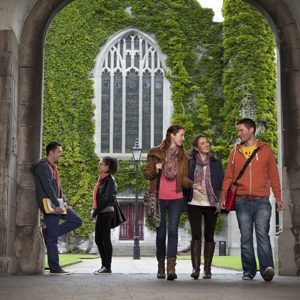
Courses
Choosing a course is one of the most important decisions you'll ever make! View our courses and see what our students and lecturers have to say about the courses you are interested in at the links below.
-
University Life

University Life
Each year more than 4,000 choose University of Galway as their University of choice. Find out what life at University of Galway is all about here.
-
About University of Galway
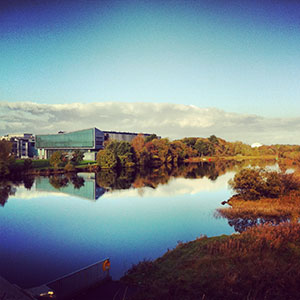
About University of Galway
Since 1845, University of Galway has been sharing the highest quality teaching and research with Ireland and the world. Find out what makes our University so special – from our distinguished history to the latest news and campus developments.
-
Colleges & Schools
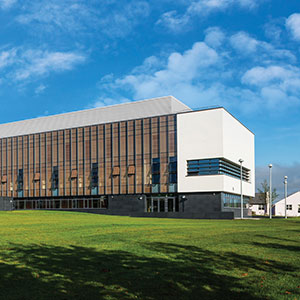
Colleges & Schools
University of Galway has earned international recognition as a research-led university with a commitment to top quality teaching across a range of key areas of expertise.
-
Research & Innovation

Research & Innovation
University of Galway’s vibrant research community take on some of the most pressing challenges of our times.
-
Business & Industry
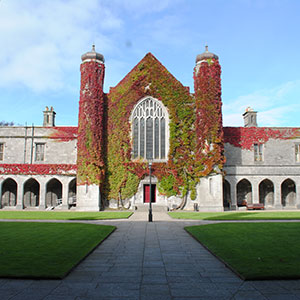
Guiding Breakthrough Research at University of Galway
We explore and facilitate commercial opportunities for the research community at University of Galway, as well as facilitating industry partnership.
-
Alumni & Friends
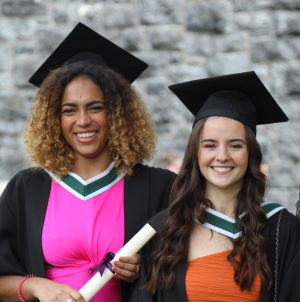
Alumni & Friends
There are 128,000 University of Galway alumni worldwide. Stay connected to your alumni community! Join our social networks and update your details online.
-
Community Engagement
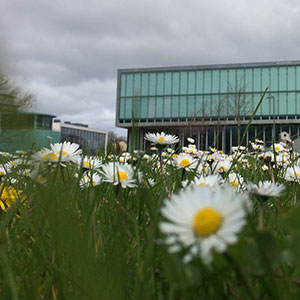
Community Engagement
At University of Galway, we believe that the best learning takes place when you apply what you learn in a real world context. That's why many of our courses include work placements or community projects.
The Aeration In-Use Factor
The in-use aeration energy efficiency of technologies in the wastewater treatment industry
Overview
This project focuses on energy intensive aeration processes in industrial and municipal wastewater treatment plants (WWTPs). It aims to (i) provide an enhanced understanding of aeration processes, (ii) deliver novel metrics to assess aeration energy efficiency, (iii) develop innovative aeration technologies and monitoring processes and communicate knowledge/lessons learned to the academic and industrial wastewater communities. The project shows that a true appreciation for the energy demand in the aeration process goes beyond a basic understanding of oxygen transfer and should include an appreciation for all other variables in the process such as upstream and downstream conditions, mixing intensity and circulation, treatment system hydraulics, historic and real-time datasets, temperature, salinity, power correction. The research team will develop an aeration in-use factor that considers many of these variables to ensure significant energy savings can be achieved when selecting aeration technologies
Aeration - Back to Basics
Wastewater treatment is a highly energy intensive process which consumes about 2 to 3% of the electricity generated in a typical developed nation1. It is well known that the aeration process in biological wastewater treatment comprises between 45% and 75% of a WWTPs total energy usage2. The macro level imperatives of climate change, increasing energy costs, rising volumes of wastewater as a result of global population growth and increasingly stringent environmental regulations are collectively compelling the wastewater treatment industry to increase capacity and/or reduce energy through energy-efficient technologies.
The overall objectives of aeration systems (examples in Figure 1) are to (a) effectively transfer oxygen from the air into the activated sludge, (b) disperse the oxygen uniformly throughout the tanks and (c) to do so at the lowest energy cost. Although aeration is a proven and well respected process within the industry, the problem of its highly intensive energy use remains largely unaddressed. Conventional technology are moderately efficient at either oxygen transfer or flow dispersion (mixing), but rarely both. Furthermore, maintenance costs of the most efficient technologies tend to offset many benefits.
The ideal aeration system should facilitate a good oxygen transfer environment (fine bubble sizes) in a suitably mixed environment (high renewal rates, large turbulent diffusion and advection). The research team, who have extensive experience in fluid dynamics, energy, process design and wastewater engineering are employing a ‘back to basics’ approach in challenging the energy intensive aeration process through the use of novel technologies and monitoring methods.
Trial Sites, Monitoring and Aeration Technology
The research team are currently monitoring one municipal wastewater treatment plant and two industrial wastewater treatment plants in the dairy and meat industry. These plants combined offer the team access to various aeration equipment including (1) low speed surface aerators, (2) high-speed surface aerators, (3) coarse bubble diffused aeration, (4) fine bubble diffused aeration and (5) sub-surface mixers. The team have also developed a novel aeration technology (two international patents) called the Vortex Power Aerator (VPA). The Vortex Power Aerator (VPA) is a next generation mechanical aerator which introduces a novel approach to wastewater treatment.
As part of their study, the research team have developed an Aeration Energy Audit (AEA) program which involves a one/two-day survey to investigate the WWTP energy usage at a high level and specifically at the aeration process focusing on:
- Energy baseline analysis
- Steady state and non-steady state oxygen transfer testing
- Oxygen uptake rate determination
- Advanced aeration off-gas analysis
- Dynamic alpha factor monitoring
- In-situ aeration efficiency assessments
- Real time monitoring of aeration KPIs
- Contextual and comparable KPIs of overall system performance (e.g. energy consumption per kg BOD5 (or NH4) or per m3 treated)
- Reactive power assessment and power factor correction
- Computational fluid dynamics
- Aeration process optimisation
In one study, the research team determined that implementation of proposed energy efficiency measures will yield monetary savings of 53% of aeration energy costs (€13,283 per annum), and 27% of total WWTP energy costs with a saving of 53 metric tonnes per annum in carbon emissions.
Researchers & Partners
The research team comprises a number of experts in the fields of wastewater treatment, environmental engineering, energy and energy finance, process and control, hydraulics and fluid dynamics and mechanical engineering. The research team have numerous national and international partners including ongoing collaborations with the Wroclaw University of Science and Technology in Poland.
|
Name |
Role |
Specialty |
Organisation/Company |
|
Dr Sean Mulligan |
Co-PI and Project manager |
Hydraulics and Fluid Dynamics |
NUI Galway |
|
Dr Eoghan Clifford |
Co-PI and Senior Lecturer |
Wastewater Engineering |
NUI Galway |
|
Alan Carty |
Research Associate and Work Package Leader |
Mechanical Engineer |
NUI Galway |
|
Peter Leonard |
Researcher and PhD Candidate |
Process Control Scientist |
NUI Galway |
Funding
The research project is funded by the Sustainable Energy Authority of Ireland RD&D Funding Programme 2018 (grant number RDD/377).
References
- USEPA (United States Environmental Protection Agency), 2010. Evaluation of Energy Conservation Measures for Wastewater Treatment Facilities.
- Rosso, D., Larson, L.E. and Stenstrom, M.K., 2008. Aeration of large-scale municipal wastewater treatment plants: state of the art. Water Science and Technology, 57(7), pp.973-978.
- Muszyński-Huhajło, M. and Janiak, K., 2017. Accurate oxygen transfer efficiency measurements by off-gas method-tank coverage dilemma. Proceedings of ECOpole, 11.















